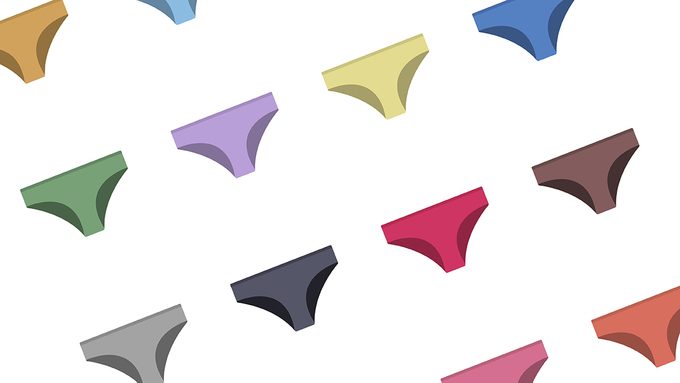Why Do I Pee Myself When I Laugh Or Sneeze?
No need to keep a spare pair of panties in your purse. Get expert advice on what causes incontinence and how you can get treated by your doctor.

About your incontinence issues
Do you leak urine when you cough, sneeze, laugh, jump or do physical activity? That is known as stress incontinence. It’s caused by stress or pressure on the abdomen.
A weak or damaged pelvic floor (nerve tissue and muscles that run from the pubic bone to the base of the spine between your legs) is often to blame. These muscles and connective tissue hold the pelvic organs in place, but when they’re not strong enough, they can no longer properly support the urethra.
Pregnancy and childbirth can also be causes of incontinence. The carrying and delivering a baby puts stress on the pelvic floor. Most women who experience this will see improvements as their pelvic floor muscles heal, partially or completely, in the first year after birth. However, it may be more difficult to recover after multiple births.
Later in life, menopause can provoke further symptoms of incontinence because, as estrogen levels decline, tissues thin and muscles weaken. And that includes those of the pelvic floor and urethra. Age, obesity and chronic coughing are other risk factors.
What to do:
Kegels! These exercises strengthen the pelvic floor muscles, which are the same ones you use to stop the flow of urine. Kegels can help prevent incontinence issues.
Here’s how: Contract these muscles for a count of 10, then relax for a count of 10. Do 10 reps, three times a day.
The movement is very simple – if your pelvic floor muscles are intact. Unfortunately, if the pelvic floor is already damaged – say, by giving birth – it can be difficult to learn to do Kegels properly because the nerve connections might have been lost or damaged during delivery.
No Kegels, no problem
If you experience incontinence, talk to your gynecologist or a pelvic floor physiotherapist, who can help you learn the movement or supply vaginal inserts for training. In some cases, when Kegels aren’t working, a woman might benefit from wearing a pessary (a small silicone or rubber device shaped like a tampon or ring that supports the urethra). Depending on the severity of your incontinence, you might only need to wear it when you exercise.
In the event that these options don’t work, a mid-urethral sling can be surgically inserted between the vagina and the bladder to keep the urethra stable. Some studies have followed women for up to 17 years with good evidence of ongoing success. Surgery is a last resort, but for some women, it may be a necessary one.
Dr. Roxana Geoffrion is a urogynecologist in Vancouver and an assistant professor at the University of British Columbia.
Want a naturopath’s opinion on incontinence issues? Check out Dr. Hadfield’s second opinion.




